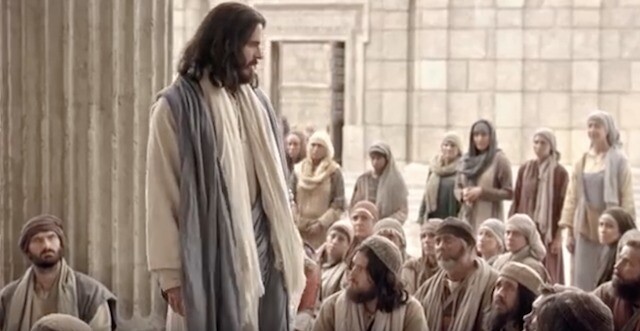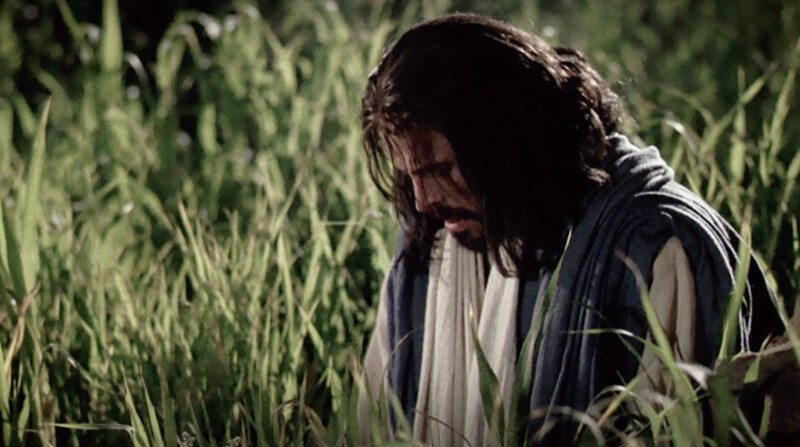There is one event during Holy Week that can seem strange when compared to the other acts the Savior performed during His last days: the cleansing of the temple in Jerusalem.
Though the Savior was well within his rights as the Son of God to turn the moneychangers away from temple grounds, there actually is more meaning to His acts than simply that.
That's because the last week of the Savior's life was also Passover, a time when the Jewish people celebrated their ancestors' divine liberation from the bondage of Egypt.
"Upon entering the temple courts, Jesus cleansed His Father's house of impurity, driving the money changers from this sacred space," a video from Messages of Christ explains. "At the same time, all Jews would also be cleansing their own homes of leavened products."
► You'll also like: What We May Have Been Getting All Wrong About the Savior's Cross and the Beautiful Symbolism Behind It
According to the video, leavened products such as yeast often symbolized impurity because of their ability to quickly mold and spoil.
By entering His father's house, the temple, and cleansing it from impurity, the unrighteous practices of the moneychangers, Christ showed the meaning behind the symbolism of the Passover—and did so with each major event in Holy Week.
Watch the video from Messages of Christ to find out more fascinating symbolism behind the Savior's last week on earth.
Bonus:
In addition, check out this touching video from Book of Mormon Central about what the Book of Mormon can teach us about Easter.
Editor’s note: This article was originally published on LDSLiving.com in April 2019.






